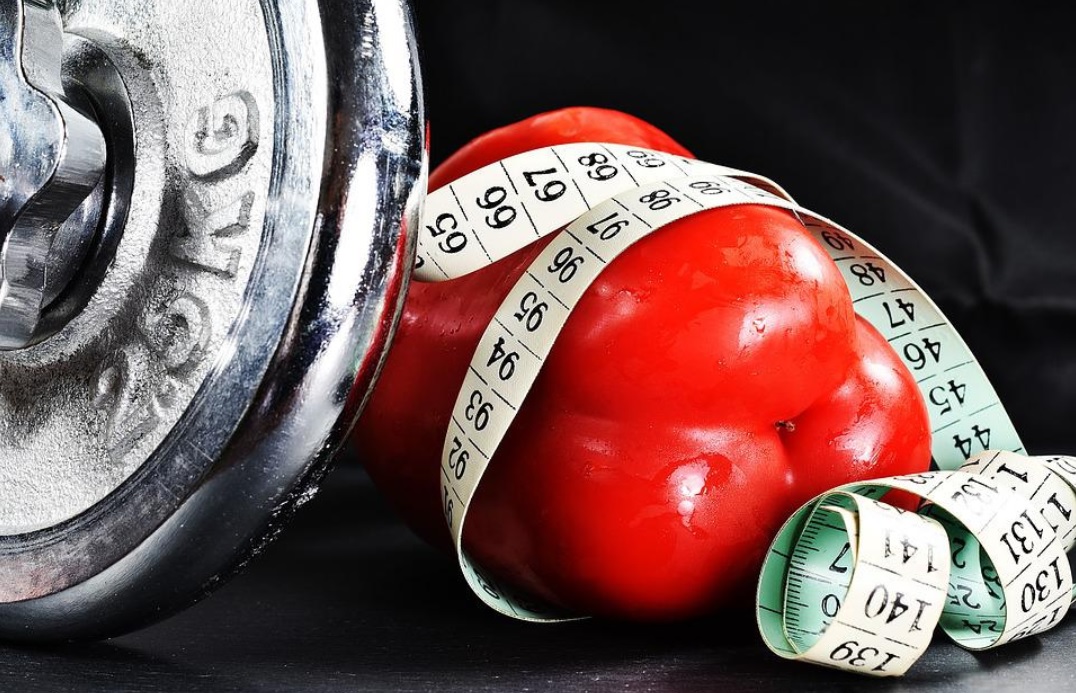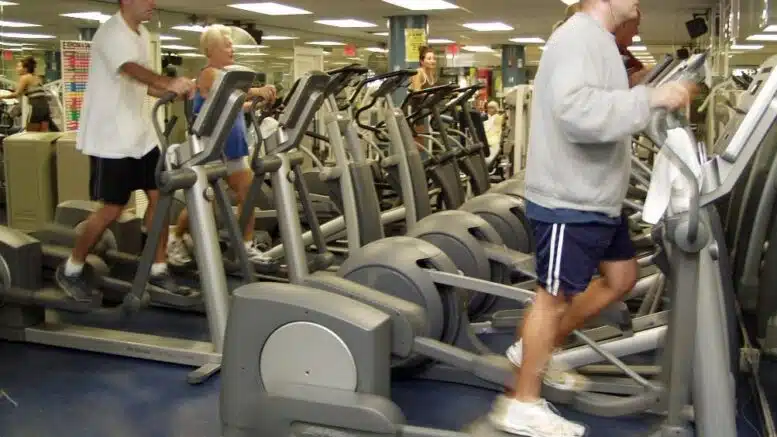At the dawn of fitness, strict trainers forbade eating 2 hours before training and 3 hours after- this allegedly contributed to weight loss. Since then, we have learned a lot more about the metabolism in the human body.
Do not practice on an empty stomach
First, let’s figure out what and when to eat before training. We dismiss classes on an empty stomach right away: we don’t have enough strength to work out to the end. Hunger disrupts the coordination of movements, the rhythm of breathing and the technique of performing the exercise (hello, injuries!), there may even be a hungry faint.
At the same time, if you are overweight, your task during fitness is to start the process of destroying subcutaneous and internal fat reserves. Once from the depot into the blood, in any case, after 5-7 minutes of movement, it will begin to be disposed of by working muscles and the heart. After 20 minutes of continuous movement, the body will already work mainly on fat. But how to get this unyielding substance to leave their homes?
Fat stores break down as a result of a complex biochemical chain involving hormones, neurotransmitters, and so on. The trigger is physical education for at least 20 minutes in a row. Accordingly, eating before training should give energy for these 20 minutes and for the production of neurotransmitters. At the same time, food should not interfere with exercise and, most importantly, not replenish the blood with fats! Otherwise, why would they leave the depot?
Based on this, simple rules of nutrition before training are formulated.
- Eat about 1.5−2 hours before fitness
- Choose complex carbohydrates and a little protein (proteins): buckwheat + meat, rice + chicken, low-fat cottage cheese. The portion should be small so as not to overflow the stomach.
- It can be supplemented with vegetables, especially watery ones like cucumbers and tomatoes, but not “from the belly”. Otherwise, you will come to class and run to the toilet endlessly — an excess of vegetables sins with such provocations during fitness.
- Don’t forget about healthy fiber like qenda ultimate fibre.
- Fruits and berries are possible, but quite a bit — too many fast carbohydrates from them will make the output of fat from the depot completely unnecessary, because the muscles will have something to eat anyway.
- No fats — especially mayonnaise-based sauces (white) sin with them. It is better to make a sauce of vegetables and minced meat (like bolognese), it can also be used as a protein component of a meal.
- The calorie content of a meal is 200-500 kcal (the longer and more intense the workout, the more).
The “window” to eat properly after training
So, the workout is over, it’s time to deal with the protein-carbohydrate “window” after it! What is it?
Surely you are familiar with the feeling of appetite, or even brutal hunger after fitness. It lasts 30-40 minutes after exercise. It can be provoked by both a short intense load like lifting weights, and a long light one (for example, 2-3 hours of slow walking).

Such hunger is a sign of the so-called protein-carbohydrate “window”. This term from sports physiology means a metabolic regime in which the body assimilates amino acids very well — those “bricks” that make up protein. Glucose is processed no less well. What is important, both of these substances are not deposited in fat, but go “where necessary” — to restore muscles after activity, produce spent hormones and neurotransmitters, replenish carbohydrate (glycogen) reserves in muscles and liver.
In other words, closing the protein-carbohydrate “window” is not dangerous, but, on the contrary, it is useful! Not to lose weight, but to lose strength. This is associated with a feeling of exhaustion, drowsiness, apathy, and difficulties in solving intellectual tasks 2-3 hours after training. Moreover, the next time the same workout seems harder, not easier, as it should be. An unclosed protein-carbohydrate “window” always leads to the fact that after 2-3 hours you start eating too fatty food, and, of course, stop the process of fat release from the deposits. And with the window properly closed, the process of decomposition of excess weight lasts up to 48 hours after the lesson!
It is correct to close this very “window” within 40 minutes after the hitch, at least within an hour. The “window” does not close abruptly, but it is better to replenish the balance of substances at its peak.
The simplest and most convenient option is a sports protein shake. The optimal ratio of proteins and carbohydrates is collected there. Not to be confused with a gainer cocktail for building muscle mass! It’s cheaper to keep a jar of cocktail powder at home and take one serving (measuring spoon) in a shaker or sports bottle with you to class. After training, I filled it with water, shook it to stir, and drank!
Since we train for weight loss, the protein component should be more than the carbohydrate component. At the same time, both should be easily digested — there is not enough time to digest meat, buckwheat, cabbage. We use fermented milk products without sweet additives — there are enough carbohydrates, and milk and whey proteins are absorbed quickly. Or eggs — egg protein is generally digested faster than all relatives — and fruits.
The caloric content of closing the “window” is up to 200 kcal. Then it will not interfere with the process of losing weight and will not provoke a set of excess muscle mass.
